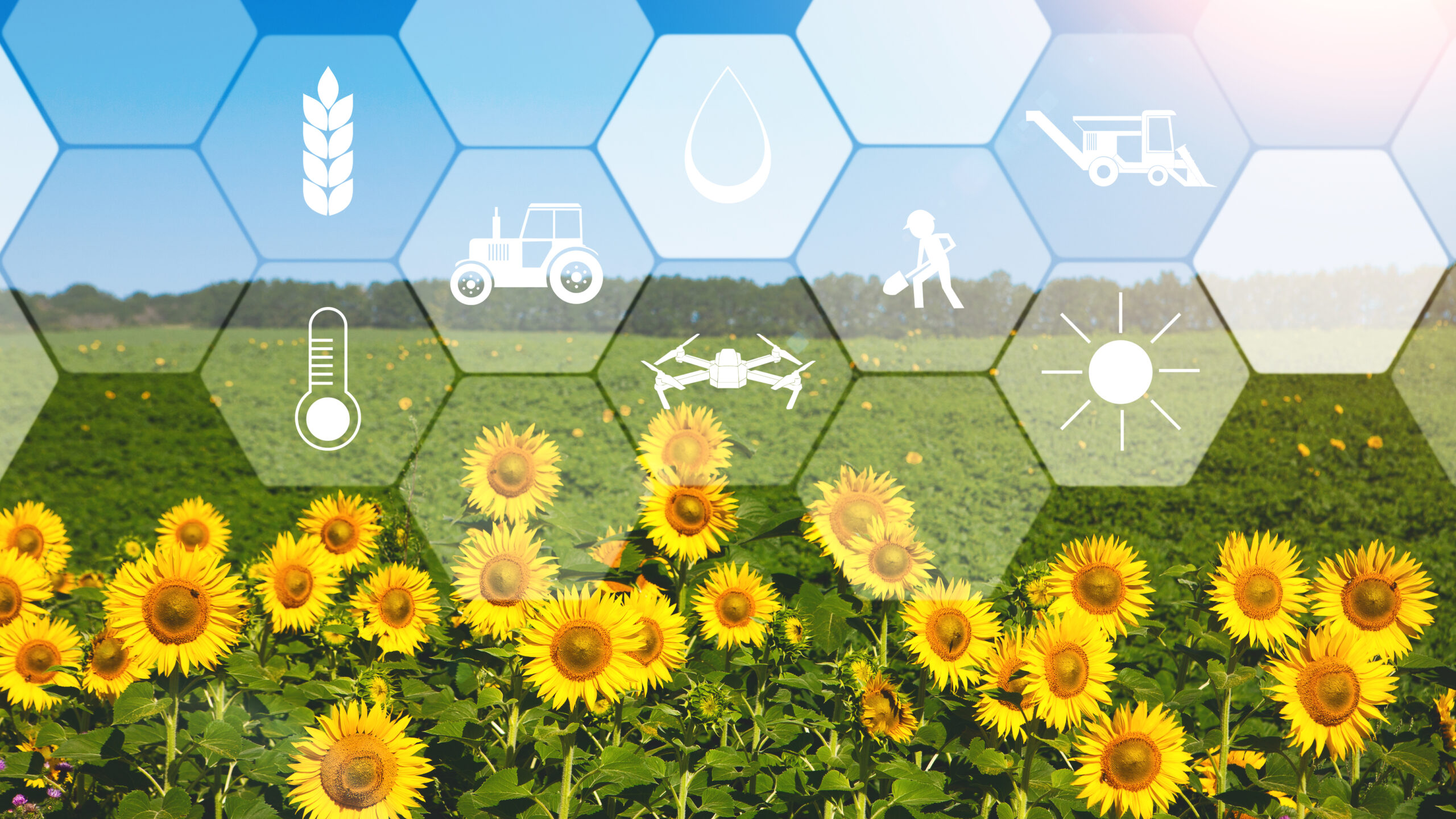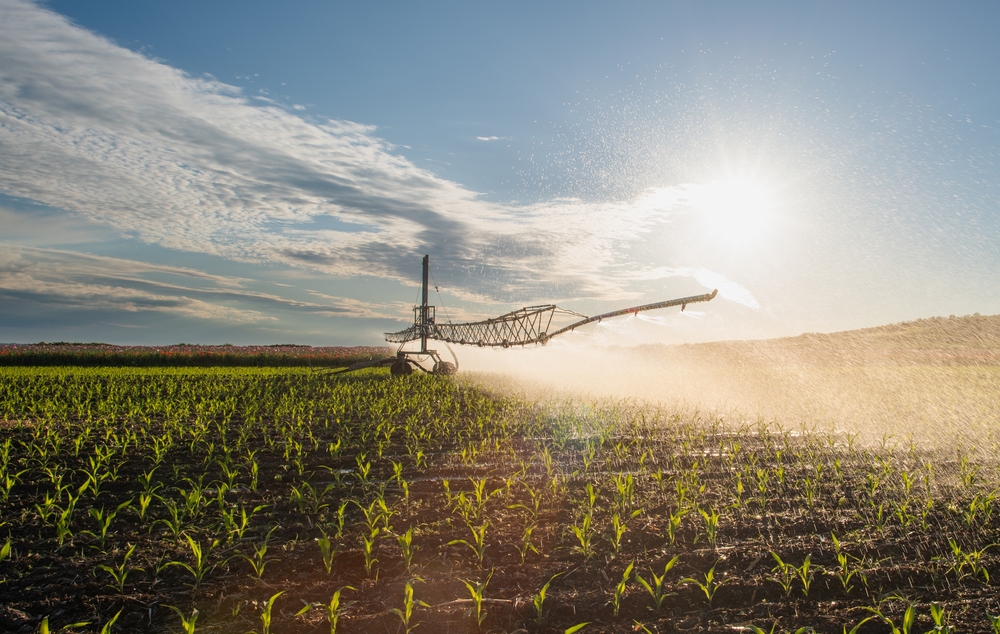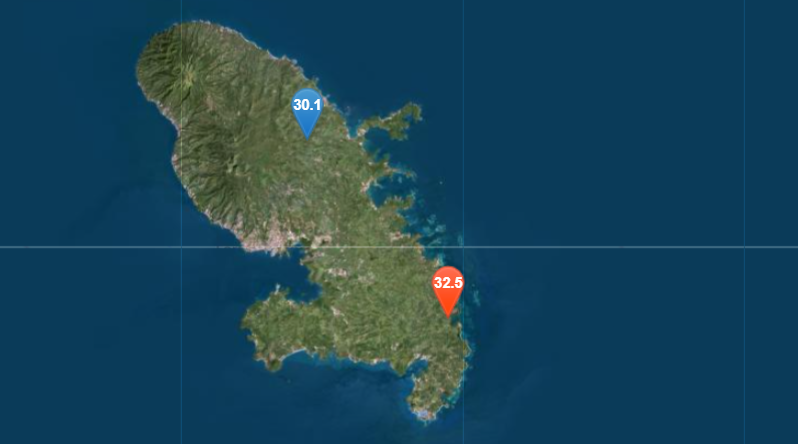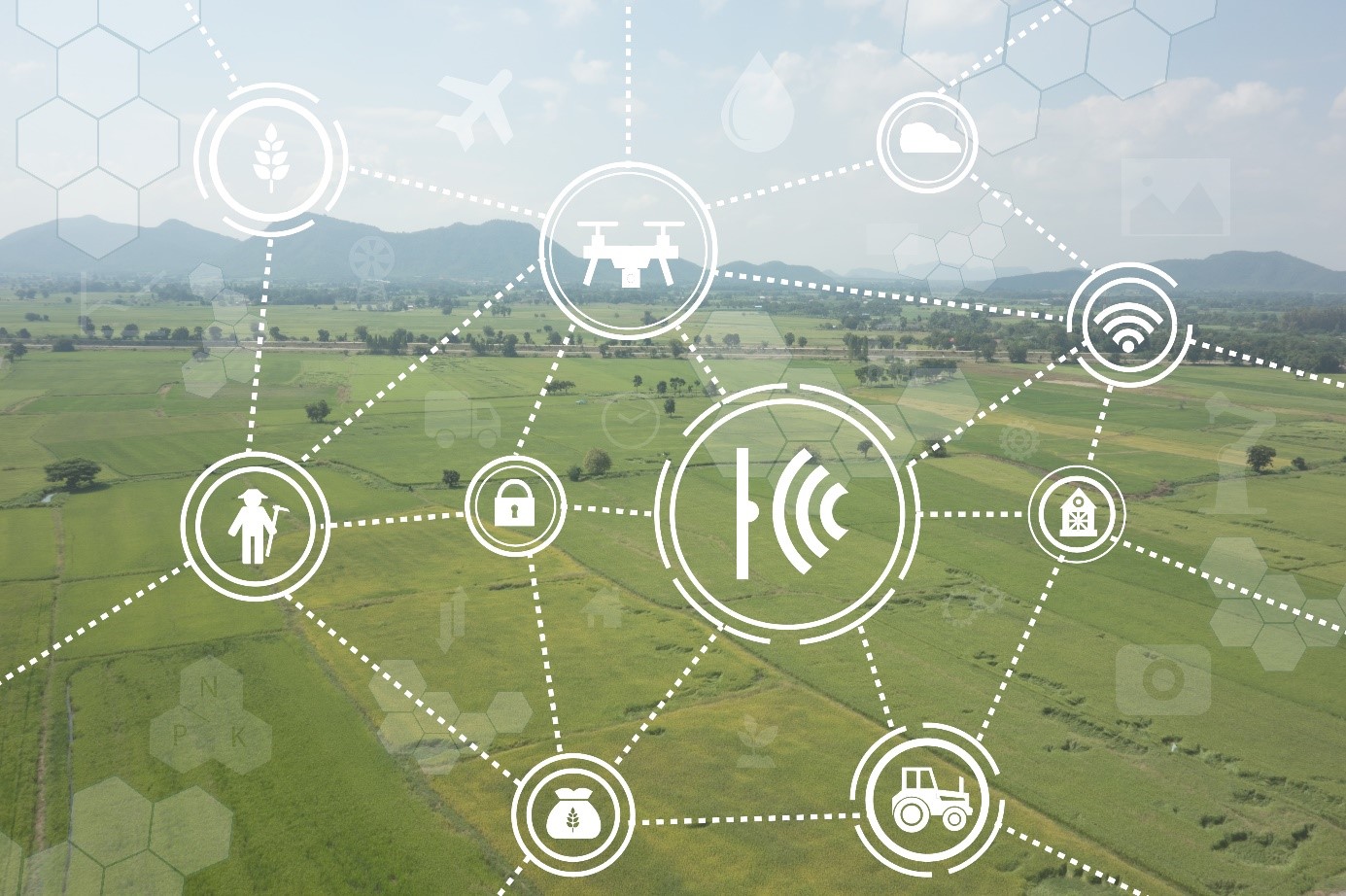
Unlocking the Power of Precipitation Monitoring and Weather Data Modelling
In an era marked by climate uncertainty and shifting weather patterns, the importance of effective precipitation monitoring and weather data modelling cannot be overstated. This emerging toolkit offers invaluable insights into weather conditions, aiding everything from agriculture and disaster preparedness to urban planning and climate research.
For farmers, accurate precipitation monitoring and weather data modelling can be crucial assets in a changing climate. These tools have the potential to provide essential information to optimise irrigation schedules, crop planting, protection, and pest control measures. By understanding local weather patterns and anticipated rainfall, frost and heatwaves, farmers can actively reduce water waste, increase crop yields, and enhance overall agricultural efficiency.
Disaster Preparedness:
Precise weather data modelling plays a crucial role in disaster preparedness. From storm gusts to flash floods, having real-time information on precipitation patterns enables authorities to issue timely warnings and protect vulnerable areas. Accurate data management can help mitigate loss crops, property, and possibly lives by predicting extreme weather events.
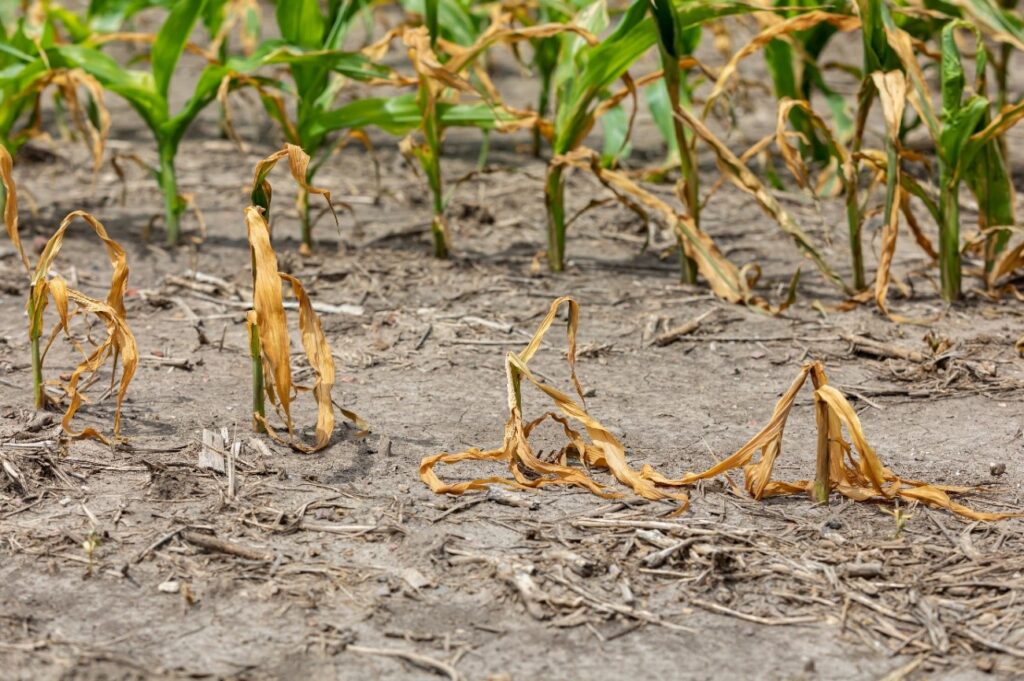
Urban Planning and Infrastructure:
In the context of urban planning, weather and structural data modelling is indispensable (Caldera et al. 2022). It harbours immense potential in designing and monitoring resilient infrastructure, drainage systems, and flood management strategies. By understanding precipitation trends, cities can adapt e.g., their maintenance or crisis response, to changing weather patterns and prevent or better react to flooding in densely populated areas.
Climate Research and Policy:
Climate and agricultural scientists rely on accurate precipitation data to model climate change and its effects. These models inform policymaking, help governments and empower communities to create strategies for mitigating climate impact and water management. Understanding precipitation trends is fundamental to addressing issues like rising sea levels, prolonged droughts, and changing ecosystems.
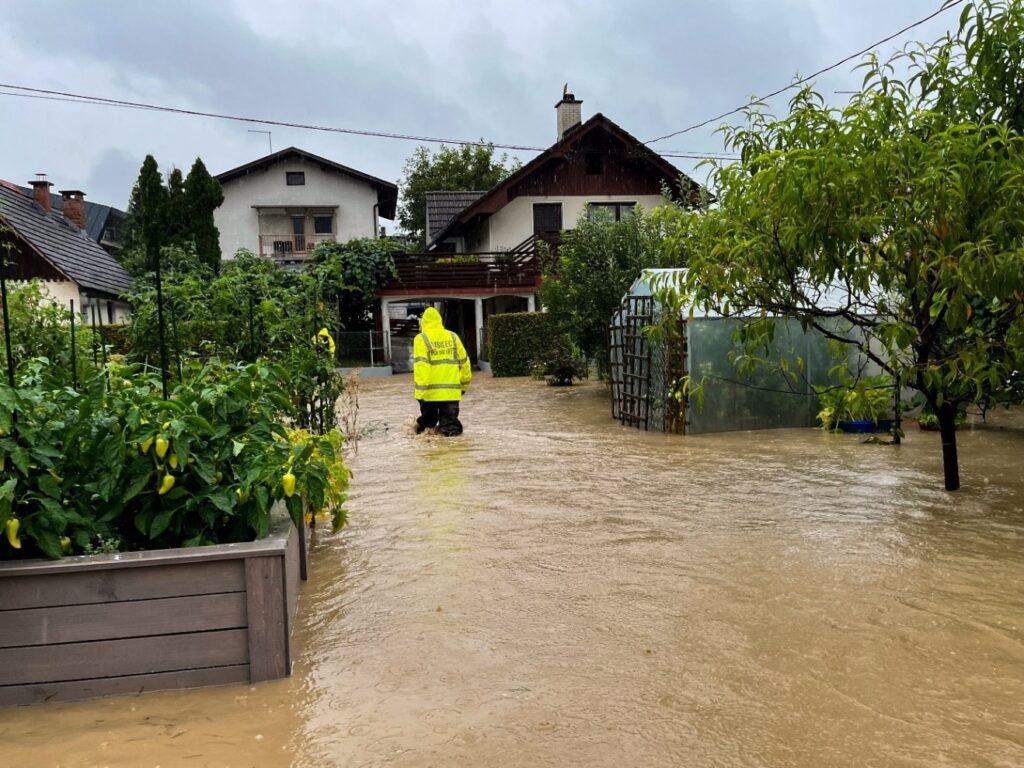
Environmental Conservation:
Precipitation monitoring is vital for preserving ecosystems. It allows researchers to track changes in precipitation, which directly impact also biodiversity (Korell et al. 2021). This information is instrumental in conservation efforts, such as protecting wetlands, preventing desertification, and restoring natural habitats.
In summary, the relevance of precipitation monitoring and weather data modelling extends across multiple domains, from agriculture to disaster management and environmental conservation. As climate change continues to affect our world, these tools will remain essential in understanding and adapting to evolving weather patterns, ensuring a more sustainable and resilient future.

Author: Felix Lumplecker
Links
https://www.magdaproject.eu/news/
Sources
Caldera, S., Barindelli, S., Sansò, F., Pardi, L. (2022). Monitoring of Structures and Infrastructures by Low-Cost GNSS Receivers. In: Applied Sciences, 12(23), 12468. MDPI AG. URL: http://dx.doi.org/10.3390/app122312468.
Korell, L., Auge, H., Chase, J.M. et al. (2021). Responses of plant diversity to precipitation change are strongest at local spatial scales and in drylands. In: Nat Commun, 12, 2489. DOI: doi.org/10.1038/s41467-021-22766-0.
Keywords
Climate, Risk Management, Biodiversity, Precipitation, Data Modelling, Weather,
